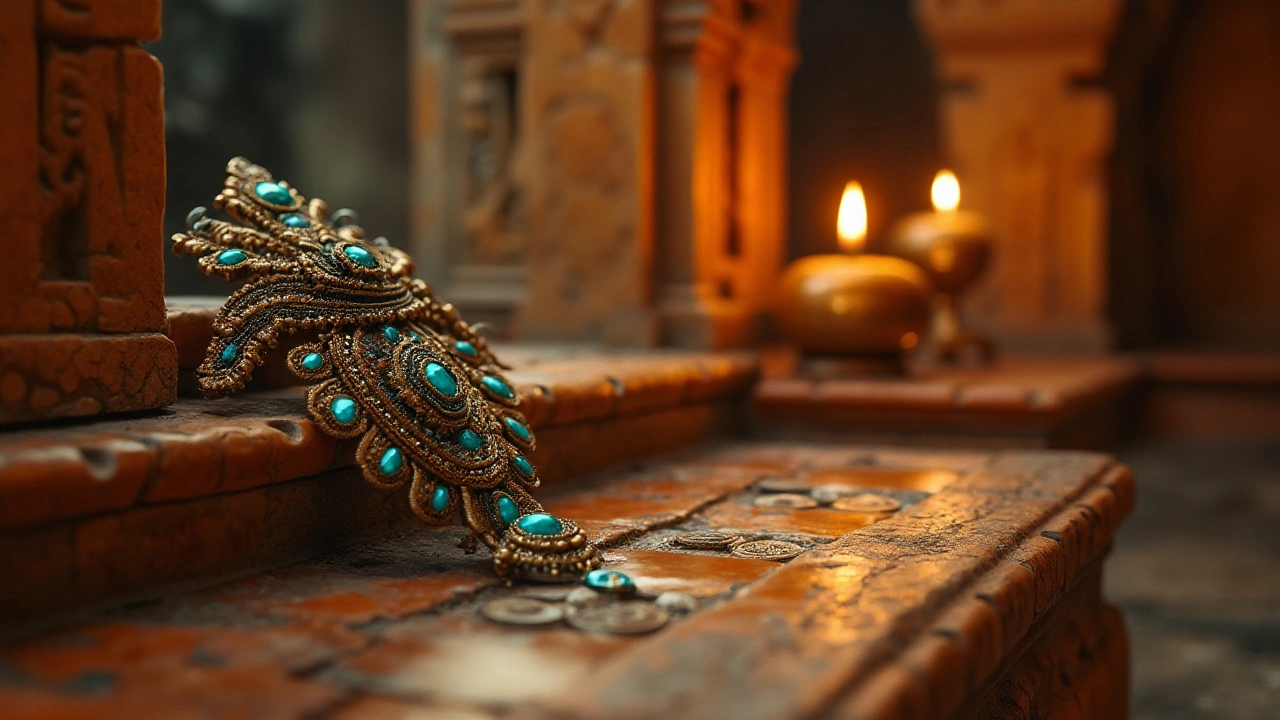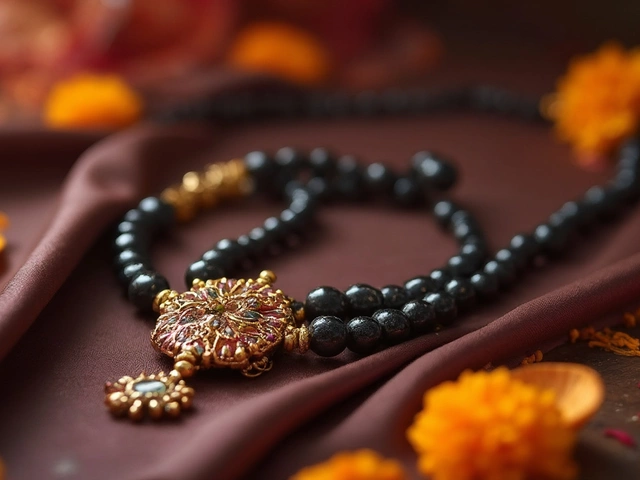Turquoise: The Perfect Pop of Color in Your Jewelry
If you’ve ever seen a splash of sky‑blue on a necklace or ring, you’ve probably met turquoise. This stone has been loved for centuries because it’s bright, easy to match, and carries a calm vibe. Whether you’re buying your first piece or adding to a collection, knowing the basics can save you money and keep the stone looking fresh.
What Makes Turquoise Special?
Turquoise gets its name from the French word for "Turkish" – the old trade route that moved the stone from Persia to Europe. Its color ranges from pale mint to deep teal, and the most valuable hues are clear, vivid blues with no brown or gray veins. The stone is porous, so it can absorb oils and chemicals, which is why you’ll often see it sealed with a clear resin or wax. That seal gives a glossy finish and helps protect against scratches.
Besides looks, many people say turquoise brings a sense of calm and protection. While the spiritual side isn’t scientific, it adds a personal connection that makes the stone feel special. In India, turquoise is called “Feroza” and is a popular choice for men’s rings and women’s earrings because it pairs well with gold and silver.
How to Choose and Care for Turquoise Pieces
When you shop, look for a solid, even color. Tiny veins are normal, but dark patches can mean the stone is dyed or treated. Ask the seller if the piece is natural, treated, or coated. A genuine turquoise will feel a bit cool to the touch and may have a slightly rough surface.
Cleaning is simple: use a soft, dry cloth to wipe away dust. Avoid ultrasonic cleaners, steam, or harsh chemicals – they can damage the seal or the stone itself. If you notice the shine fading, a jeweler can reapply a protective coating.
Store turquoise jewelry separately from harder stones like diamonds or sapphires. A soft pouch or a compartmentalized box prevents scratches. When you’re not wearing a piece for a while, keep it away from direct sunlight, which can fade the color over time.
Buying online? Check the return policy and look for detailed photos that show the stone’s surface. Reputable sellers often provide a certificate of authenticity or at least a clear description of any treatments.
In everyday wear, turquoise works well with casual tees, denim, and even business outfits when paired with gold accents. Its blue‑green tone balances warm and cool colors, making it a versatile go‑to for any wardrobe.
Bottom line: turquoise is a low‑maintenance stone that adds instant style. Pick a piece with even color, ask about treatments, and protect it with gentle cleaning. Follow these steps, and your turquoise will stay vibrant for years, whether you wear it to a festival or a formal dinner.
Why Turquoise Dominates Indian Temple Jewelry
Explore why turquoise is a preferred choice in Indian temple jewelry. Discover its symbolic significance, historical roots, and cultural importance in the vibrant world of Indian ornamentation. Learn how artisans integrate this captivating stone into their traditional designs, creating pieces that are both beautiful and meaningful. Gain insights into the timeless appeal of turquoise in Indian crafts, reflecting deep spiritual and aesthetic values.
How to Identify Genuine Turquoise in Temple Jewellery
Turquoise is a captivating gemstone that has adorned temple jewellery in India for centuries. However, distinguishing authentic turquoise from imitations can be quite challenging. This article provides an insightful guide on identifying genuine turquoise through various tests and observations. By exploring the physical characteristics and cultural significance of turquoise, readers can enhance their appreciation and ensure their jewellery pieces are genuine.





